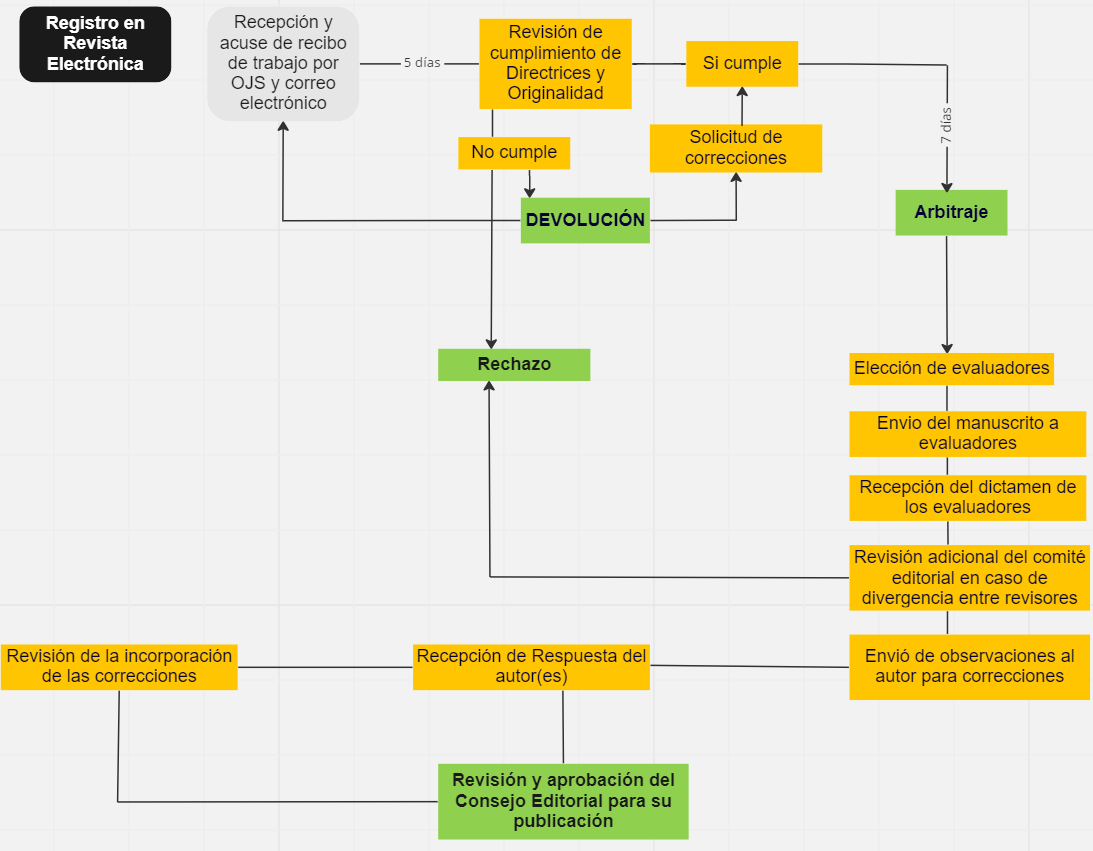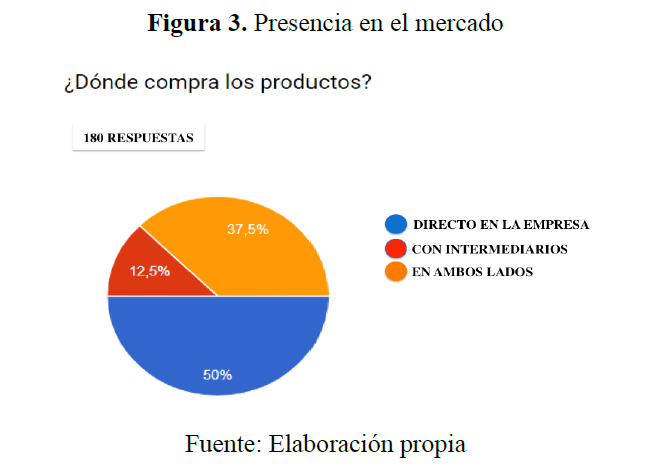Copyright Notice
Con el propósito de promover el desarrollo y divulgación de la investigación en educación en América Latina, CDHIS se adhirió a la Iniciativa de Acceso Abierto de Budapest, por lo que se identifica como una publicación de acceso abierto. Esto significa que cualquier usuario puede leer el texto completo de los artÃculos, imprimirlos, descargarlos, copiarlos, enlazarlos, distribuirlos y usar los contenidos para otros fines. Las licencias Creative Cummons, permiten especificar los derechos de uso de una revista de acceso abierto disponible en Internet de tal manera que los usuarios conocen las reglas de publicación.
Los autores/as que publiquen en esta revista aceptan las siguientes condiciones:
Los autores/as conservan los derechos de autor y ceden a la revista el derecho de la primera publicación, con el trabajo registrado con la licencia de atribución de Creative Commons, que permite a terceros utilizar lo publicado siempre que mencionen la autorÃa del trabajo y a la primera publicación en esta revista.
Los autores/as pueden realizar otros acuerdos contractuales independientes y adicionales para la distribución no exclusiva de la versión del artÃculo publicado en esta revista (p. ej., incluirlo en un repositorio institucional o publicarlo en un libro) siempre que indiquen claramente que el trabajo se publicó por primera vez en esta revista.
Se permite y recomienda a los autores/as a publicar su trabajo en Internet (por ejemplo en páginas institucionales o personales) antes y durante el proceso de revisión y publicación, ya que puede conducir a intercambios productivos y a una mayor y más rápida difusión del trabajo publicado
Privacy Statement
Los nombres y las direcciones de correo electrónico introducidos en esta revista se usarán exclusivamente para los fines establecidos en ella y no se proporcionarán a terceros o para su uso con otros fines.



